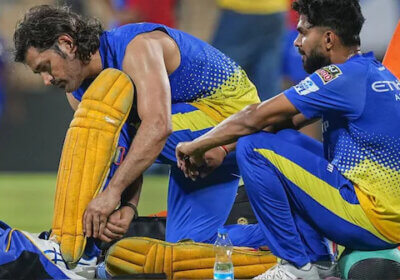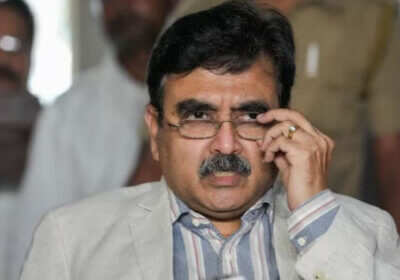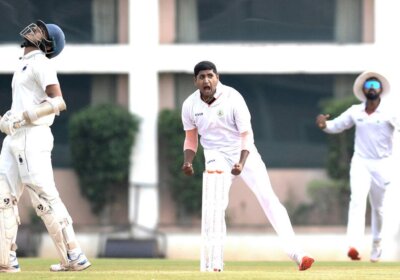S. Somanath, the head of the Indian Space Research Organisation (ISRO), revealed the launch date for Chandrayaan-3, one of India’s most ambitious space projects. Between July 12 and July 19, the third iteration of ISRO’s lunar mission will launch. At the Satish Dhawan Space Centre, the Chandrayaan spacecraft has already arrived.
“The finishing touches are underway,” said S. Somanath. The three objectives of the Chandrayaan-3 mission, according to the ISRO, are to demonstrate a soft and safe lunar landing, lunar rover roving, and conduct in-situ scientific experiments.
Related Read | India to Resume Space Flight This Year, Manned Mission Next Year
ISRO Chairman: Chandrayaan-3 will launch between July 12 and July 19
The launch date for Chandrayaan-3, one of India’s most ambitious space projects, was announced by S Somanath, chairman of the Indian Space Research Organisation (ISRO).
The third iteration of ISRO’s lunar mission will launch between July 12 and July 19
If tests go as planned, Chandrayaan-3, the third iteration of ISRO’s lunar mission, will be launched between July 12, and July 19, 2023, according to ISRO Chairman S Somanath.
The ISRO Chairman spoke at Kothavara St Xavier’s College, Vaikam, in the Kottayam district on Monday after officially opening an ISRO-organized one-day workshop and space exhibition.
The Chandrayaan spacecraft has already arrived at the Satish Dhawan Space Centre
According to S Somanath, the Chandrayaan spacecraft has already arrived at the Satish Dhawan Space Centre in Sriharikota from the U R Rao Satellite Centre.
S. Somanath: “The finishing touches are underway”
“The finishing touches are being made. It will be finalized by the last of June. This launch will utilize the LVM-3 rocket, whose assembly is currently underway. Its assembly’s components have all arrived in Sriharikota. Between July 12 and July 19,” it will be launched, according to ISRO Chairman S. Somanath.
He claimed that changes have been made to Chandrayaan-3’s hardware, structure, computers, software, and sensors to prevent any issues with the upcoming launch.
ISRO Chairman’s statement
“It added more fuel to the spacecraft, and It also gets reinforced the landing legs. It is also loaded with a huge solar panel to increase energy production. There is also an extra sensor added. A ‘Laser Doppler VelociMeter’ instrument, developed within the past year, has been added to measure its speed. To help Chandrayaan land in a different location if the planned landing site fails, we have also modified its algorithm and added new software,” according to the ISRO Chairman.
A follow-up mission to Chandrayaan-2, Chandrayaan-3 aims to show that safe lunar landing and roving are possible from beginning to end.
Three Missions of Chandrayaan-3
The ISRO states that the Chandrayaan-3’s three mission goals are to demonstrate a safe and soft landing on the lunar surface, to demonstrate the rover roving on the moon, and to carry out in-situ scientific experiments.
According to ISRO, the propulsion module can propel a lander and rover combination into a 100 km lunar orbit. The Spectropolarimetry of Habitable Planet Earth (SHAPE) payload is located in the propulsion module and is used to study the spectral and polarimetric measurements of the Earth from the lunar orbit.
Chandrayaan-3’s Orbit
Chandrayaan-3’s designated launch vehicle, the GSLV-Mk3, will place the integrated module in an Elliptic Parking Orbit (EPO) with a size of 170 x 36500 km. (ANI)























Leave a Reply